

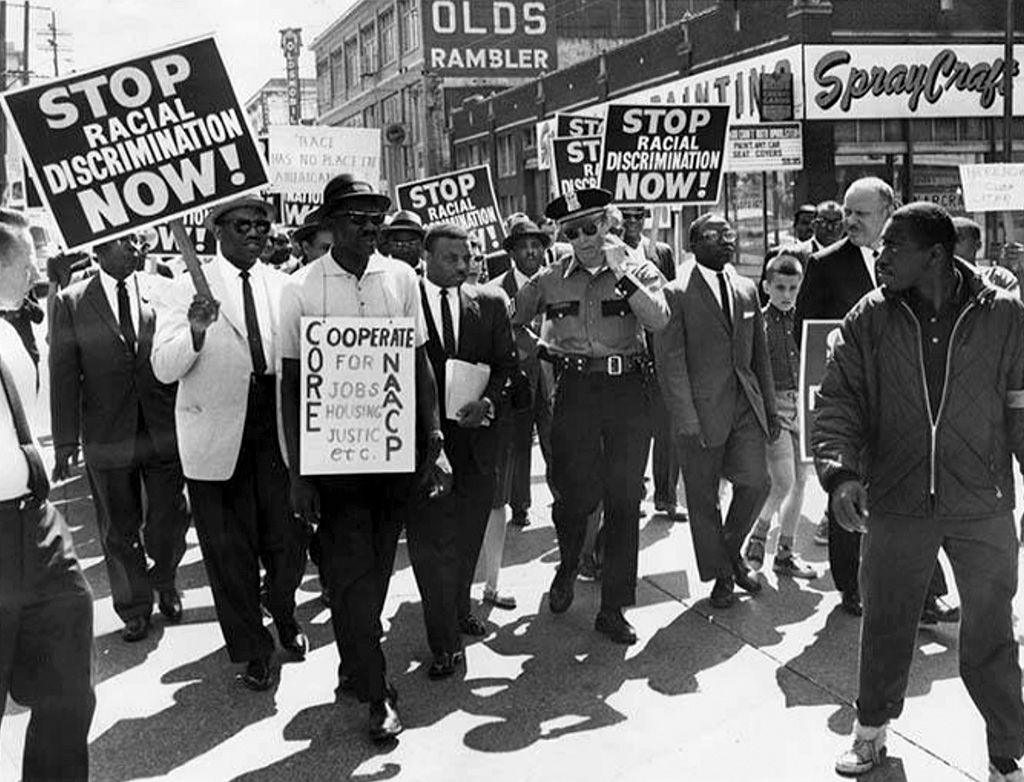
Rahul Gandhi, leader of the opposition in the Lok Sabha, has launched a new White T-shirt Movement to highlight the growing inequality in the country. He has accused the Modi government of neglecting the poor and the working class. The movement calls for the youth and working class to join and raise their voice for their rights and justice. The white t-shirt is a symbol of compassion, unity, non-violence, equality, and progress, and aims to bridge divides and build a cohesive, equitable nation.
White T-Shirt Movement: A Crusade for Equality in India
Amidst rising concerns over economic disparity and social injustice, the White T-Shirt Movement has emerged as a potent symbol of resistance and a call for change in India. Led by Rahul Gandhi, the leader of the opposition in the Lok Sabha, the movement aims to highlight the plight of the marginalized and advocate for their rights.
Background:
India has long grappled with deep-rooted inequalities, with the gap between the rich and the poor widening over the years. According to the Oxfam India Inequality Report 2022, the richest 1% of the population own 40.5% of the country's wealth, while the bottom 50% own a mere 3%. This inequality has been exacerbated by government policies that have favored the wealthy and corporates, while neglecting the needs of the working class and the poor.
Genesis of the White T-Shirt Movement:
Recognizing the urgent need to address this growing divide, Rahul Gandhi launched the White T-shirt Movement on October 16, 2022. The movement draws inspiration from the historic civil rights movements around the world that have used symbolic dress as a form of protest.
The white t-shirt, a symbol of purity, is intended to represent "compassion, unity, non-violence, equality, and progress." Gandhi has urged the youth and working class to don white t-shirts and join the movement, raising their voices for their rights and justice.
Objectives of the Movement:
Top 5 FAQs
1. Why is the White T-shirt Movement important?
The White T-shirt Movement is important because it sheds light on the persistent inequality that plagues India. It gives voice to the marginalized and demands accountability from the government.
2. How can people participate in the movement?
Anyone can participate in the White T-shirt Movement by wearing a white t-shirt and joining the protests and rallies organized by the Indian National Congress.
3. What is the government's response to the movement?
The government has dismissed the movement as a political gimmick and denied the allegations of economic inequality.
4. What are the potential outcomes of the movement?
The White T-shirt Movement has the potential to raise awareness, galvanize public opinion, and pressure the government to take action to address inequality.
5. Is the White T-shirt Movement similar to past protests in India?
The White T-shirt Movement draws inspiration from the Chipko Movement (1970s) and the Anti-Apartheid Movement in South Africa (1950s-1990s), where symbolic attire was used as a powerful tool of protest.
Conclusion:
The White T-Shirt Movement is a powerful symbol of the growing frustration and demand for change in India. It has brought the issue of inequality to the forefront of the national discourse and has the potential to trigger significant social and political transformations. As the movement continues to gain momentum, it remains to be seen whether the government will heed the call for justice and take concrete steps to address the root causes of inequality that plague the country.
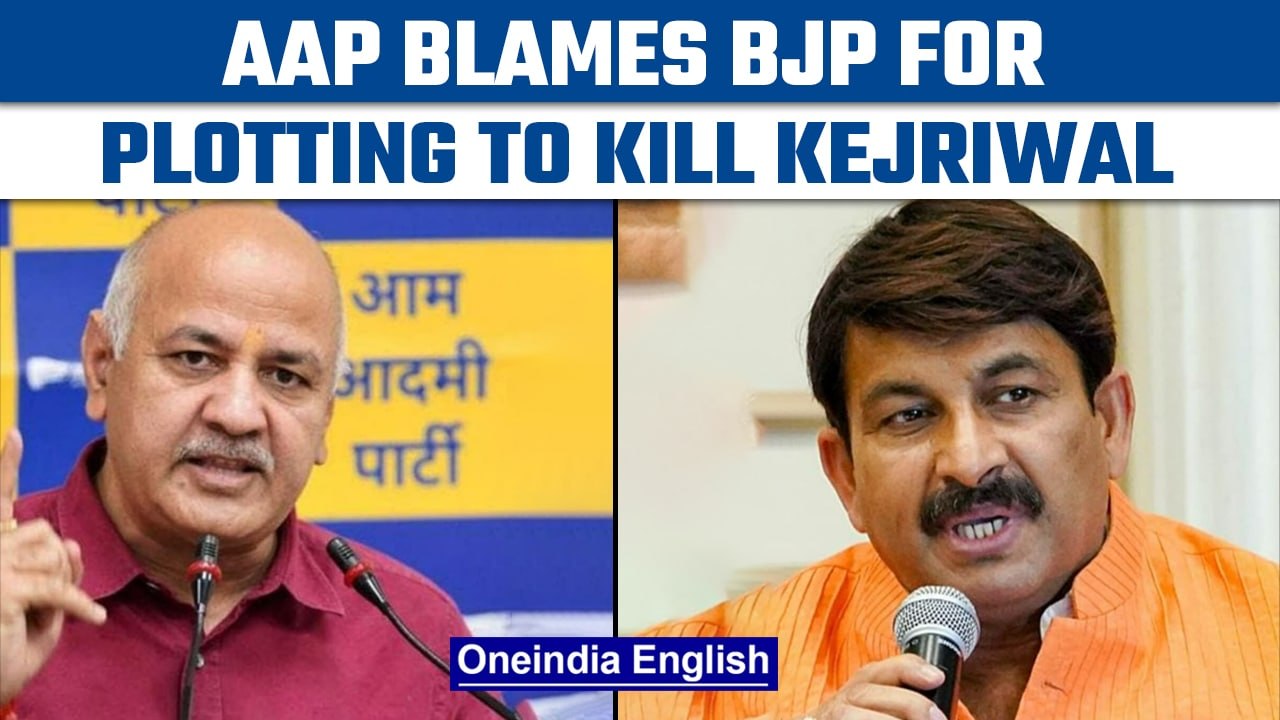
In a heated exchange on social media, Aam Aadmi Party leader Manish Sisodia called out BJP MP Manoj Tiwari for spreading misinformation. Tiwari had shared a 9-second clip of former Delhi Chief Minister Arvind Kejriwal allegedly insulting the Indian Constitution, but Sisodia countered with the full video showing that Kejriwal was actually talking about the Constitution of the Congress party. Sisodia also asked Tiwari, a three-time MP, to stop spreading lies and respect the position he holds.
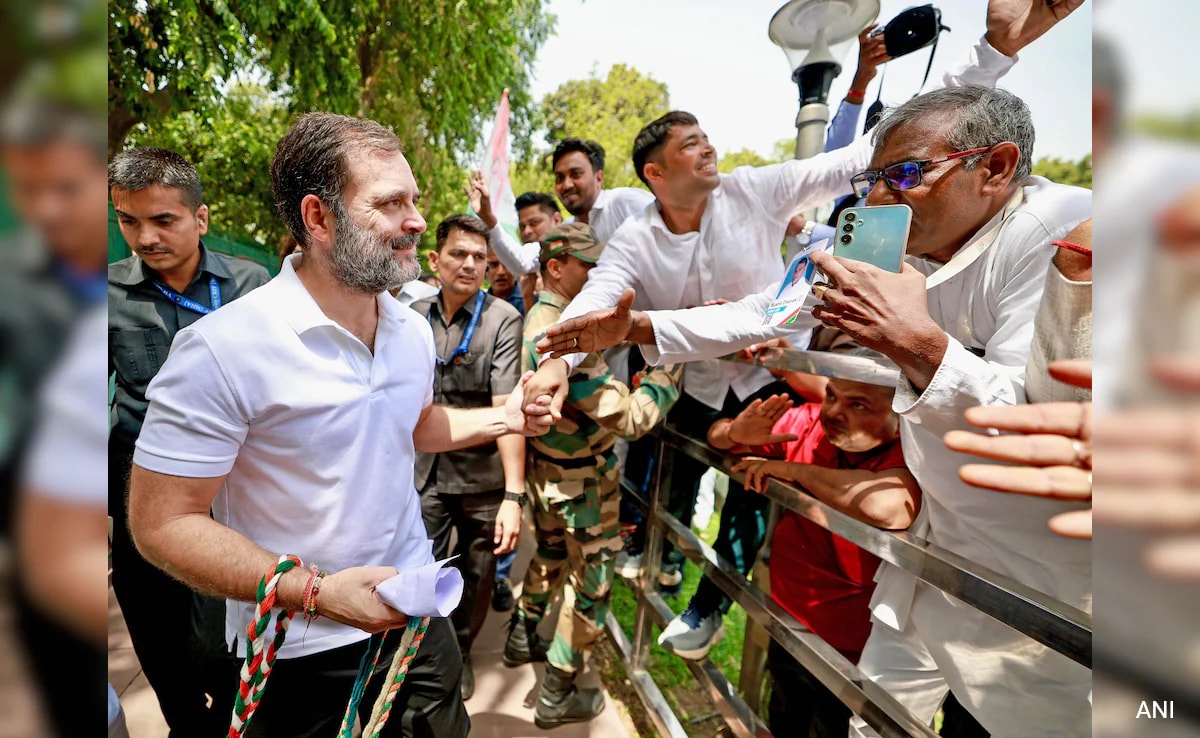
Opposition leader Rahul Gandhi launched a new movement, 'White T-Shirt Movement' on Sunday, calling on people to raise their voices against the increasing inequality and poor treatment of workers in India. Criticizing the BJP-led government for neglecting the working class, Gandhi appealed to the youth to join the movement and demand justice and rights for all. This movement, according to Congress, marks the beginning of a powerful new platform for unity and fairness for workers across all sectors in the country.
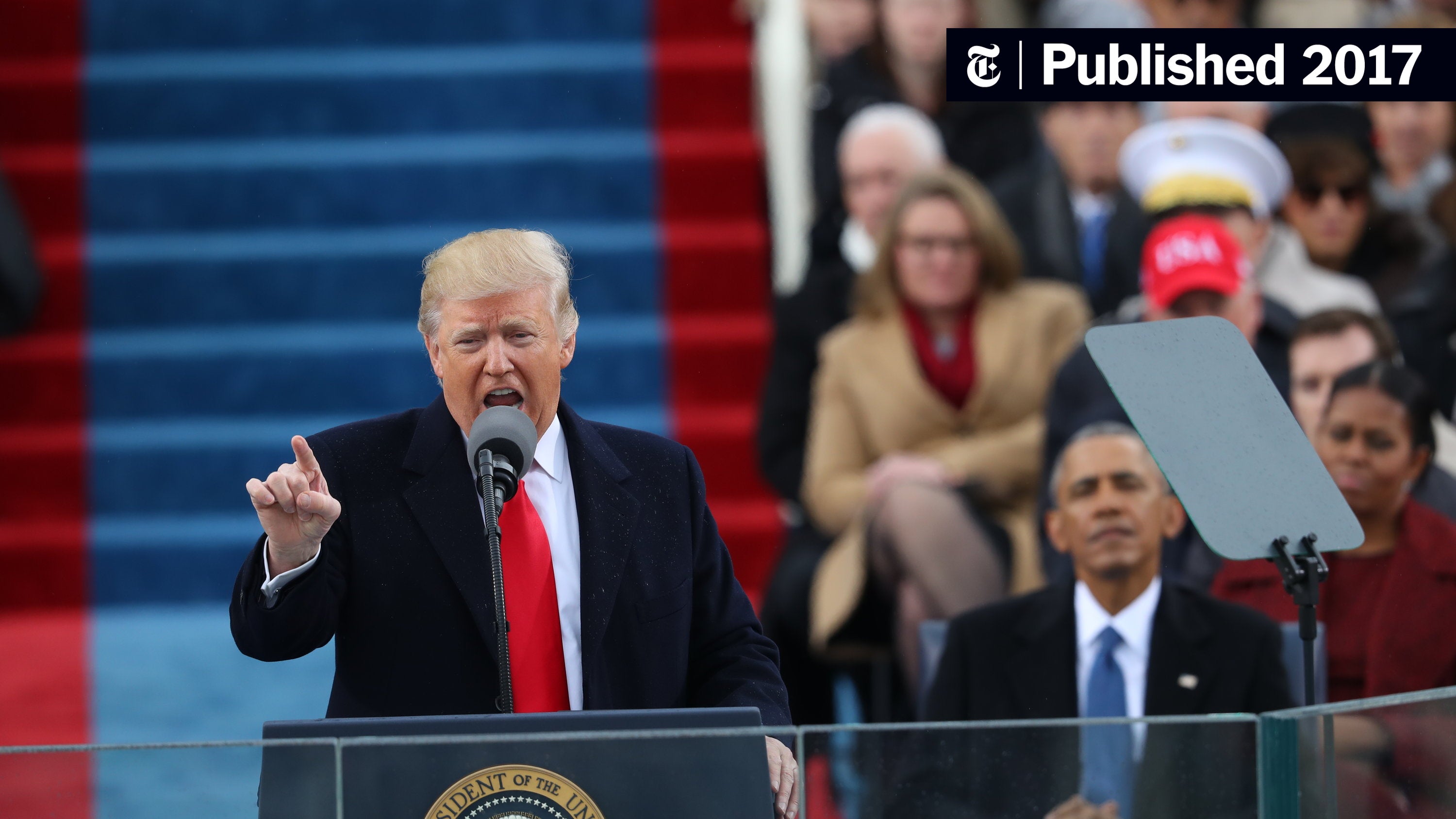
Despite facing numerous challenges including a second impeachment and multiple criminal indictments, Donald Trump is set to be inaugurated for a second term as president on Monday. Many are left wondering who will be attending after the violent events at the US Capitol and what this inauguration means for Trump's future in politics. Additionally, the presence of former critics-turned-allies, particularly from the tech industry, adds a layer of intrigue to the event.
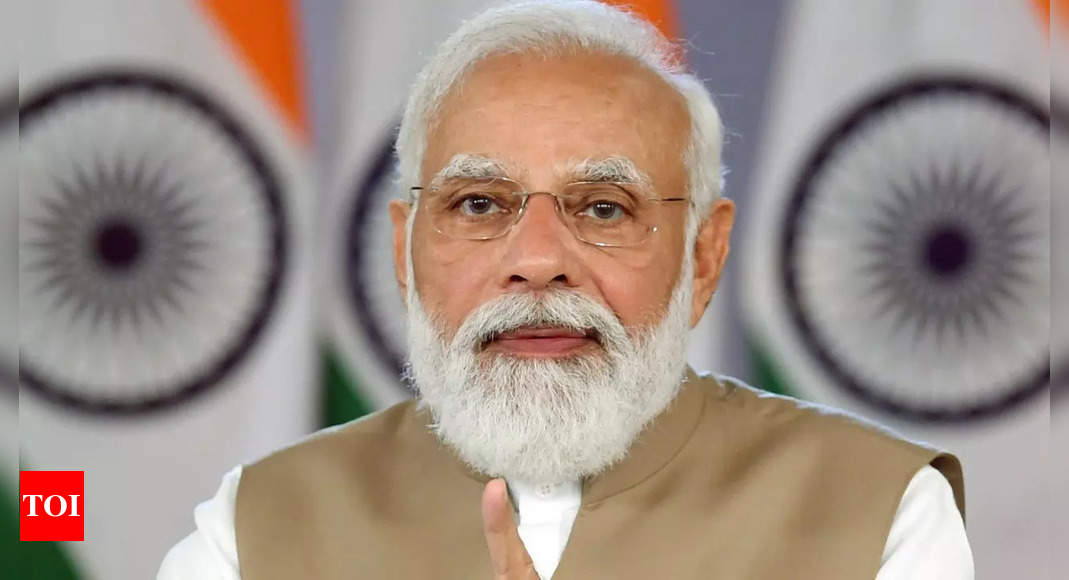
In a special episode of his popular radio broadcast 'Mann ki Baat,' Prime Minister Narendra Modi wished all Indians a happy Republic Day in advance and paid tribute to the country's great leaders for their contributions. He emphasized the importance of unity and cooperation as stressed by Dr B.R. Ambedkar during the Constituent Assembly's work and highlighted India's rich history and culture as a symbol of its commitment to human values. The Prime Minister urged citizens to take inspiration from the ideas of the country's Constitution makers and work towards building a strong and proud India.
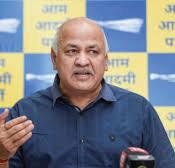
In anticipation of the upcoming elections, AAP convener Arvind Kejriwal announced the launch of the Pujari Granthi Samman Yojana, a scheme that promises to give a monthly honorarium of Rs 18000 to priests in temples and other religious places. Kejriwal emphasized the importance of acknowledging and respecting the contribution of priests in preserving culture and traditions. This announcement comes amidst protests by Imams of Delhi Waqf Board over delayed salaries, with tensions rising between the Delhi government and religious leaders.

As Donald Trump prepares to take office for a second time, all eyes are on his family, including his youngest son Barron. The teenager, now 18 years old, has undergone many changes since his father's first presidency, including attending a new school and becoming a legal adult. While it's uncertain if Barron will attend the inauguration, he is currently a student at New York University, breaking away from the family's tradition of attending prestigious universities.

On January 19, the Kashmiri Pandit community observes Remembrance Day, also known as Exodus Day, to mourn the loss of their homes, culture, and lives. This day marks the forced exodus of thousands of Kashmiri Pandits from the Kashmir Valley due to targeted attacks from militants. Despite disputed numbers, the harrowing reality of the violence and genocide against the minority community cannot be denied. The lack of intervention from the government and law enforcement agencies only adds to the pain and trauma of the Kashmiri Pandit community.

Congress leader Rahul Gandhi made an unexpected visit to the site of the month-long protest by students in Patna against alleged irregularities in the BPSC exams. After meeting with the students, he assured them of his support and promised to raise their concerns in Delhi. The students, representing various student bodies, shared their tales of hardship and humiliation at the hands of the state government and requested Gandhi to take up their cause.
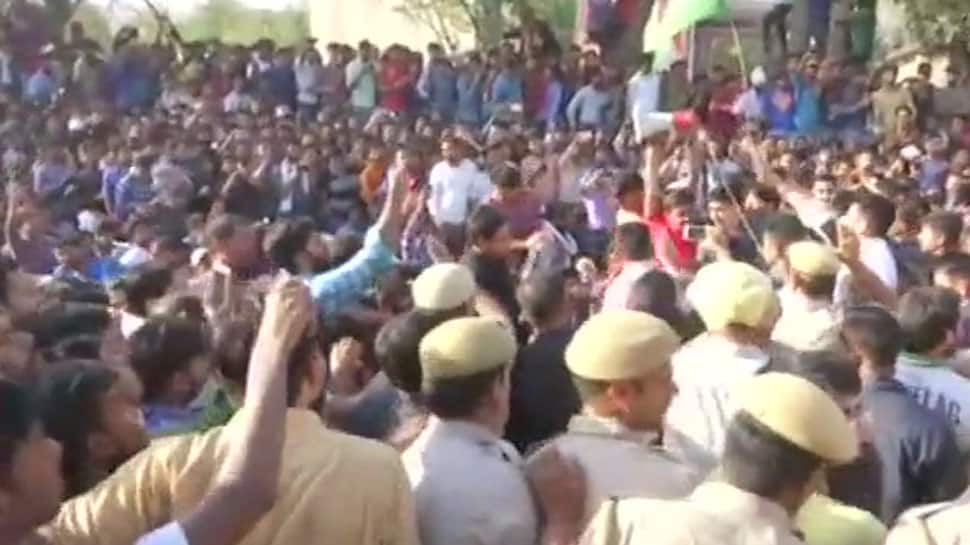
Congress MP Rahul Gandhi meets BPSC aspirants in Patna and lends his ear to their demands for reforms in the Bihar Public Service Commission exam. In the wake of police brutality against the protesters, Gandhi expresses solidarity with the students and calls for the state government to address their legitimate demands. Other political figures, including Jan Suraaj founder Prashant Kishor, also call for support for the students' cause.